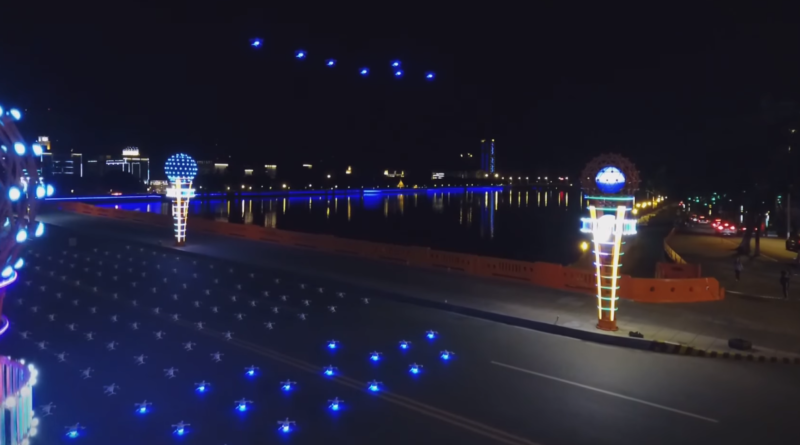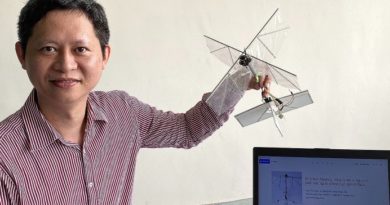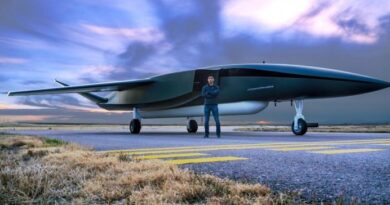Drones Perform Challenging Acrobatic Moves with New Algorithm
Researchers at the University of Zurich in cooperation with microprocessor company Intel, have engineered a drone that can learn to fly acrobatic maneuvers.
A team of researchers at the University of Zurich, in cooperation with microprocessor company Intel, has now developed a drone that can learn to fly acrobatic maneuvers. This makes the new drone much more efficient and extends the distance it can cover within its battery life.
The drones’ acrobatics rely on a navigation algorithm that enables drones to autonomously execute a variety of maneuvers. This is all achieved by using nothing more than onboard sensor measurements.
To illustrate the efficiency of their algorithm, the researchers engaged the drones in maneuvers such as a power loop, a barrel roll, and a matty flip. In all these cases, the drone is exposed to very high thrust and extreme angular acceleration.
“This navigation is another step towards integrating autonomous drones in our daily lives,” said in a statement Davide Scaramuzza, robotics professor and head of the robotics and perception group at the University of Zurich.
The novel algorithm brings together input from the camera and sensors and translates this information directly into control commands. The algorithm is trained solely through simulated acrobatic maneuvers.
Bette yet, it takes only a few hours of training for the drone to be ready for use. The algorithm makes use of abstraction of the simulations’ sensory inputs and translates it to the real world.
“Our algorithm learns how to perform acrobatic maneuvers that are challenging even for the best human pilots,” said Scaramuzza.
Nevertheless, Scaramuzza acknowledges that human pilots are better than his drones, no matter how efficient the latter may be.




